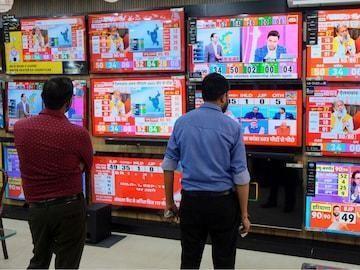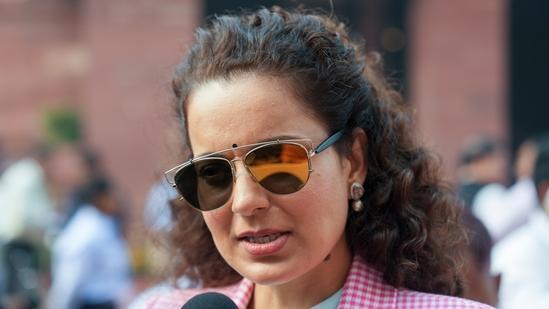
How Accurate Were Delhi Exit Poll Predictions in 2015 & 2020?
Exit polls have become an integral part of modern electioneering, providing insights into the likely outcome of elections based on surveys conducted among voters as they exit polling stations. While exit polls can be a valuable tool for understanding public opinion, they are not always accurate. In this blog post, we will examine the accuracy of Delhi exit poll predictions in 2015 and 2020, and explore the factors that contributed to the discrepancies between predicted and actual results.
2015 Delhi Assembly Elections: A Tale of Misprediction
In the 2015 Delhi Assembly elections, exit polls predicted that the Aam Aadmi Party (AAP) would secure 45 seats, while the Bharatiya Janata Party (BJP) would win 24 seats. The Congress party was expected to win a single seat, according to the exit polls. However, the actual results told a different story. AAP won a landslide victory, securing 67 seats, while the BJP was reduced to just three seats. The Congress party failed to win a single seat.
The 2015 exit polls were widely criticized for being inaccurate, with many analysts attributing the mistakes to several factors. One major issue was the difficulty in predicting the outcome of a complex election, where multiple parties were in contention. Additionally, the exit polls may have underestimated the AAP’s popularity, which was fueled by its anti-corruption campaign and the promise of freebies.
2020 Delhi Assembly Elections: A Repeat of the Mistake?
Four years later, in the 2020 Delhi Assembly elections, exit polls predicted that AAP would win 54 seats, while the BJP would secure 15 seats. However, the actual results saw AAP winning 62 seats, while the BJP won eight seats. Once again, the exit polls failed to accurately predict the outcome of the election.
The 2020 exit polls may have been influenced by the same factors that contributed to the inaccuracies in 2015, including the complexity of the election and the difficulty in predicting the outcome of multiple contests. Additionally, the exit polls may have underestimated the AAP’s ability to maintain its popularity and win over voters in a crowded field.
What Went Wrong?
So, what went wrong with the Delhi exit polls in 2015 and 2020? There are several factors that may have contributed to the inaccuracies. One major issue is the complexity of the elections, which can make it difficult for exit polls to accurately predict the outcome. In both 2015 and 2020, multiple parties were in contention, making it challenging for exit polls to accurately predict the outcome.
Another factor may have been the difficulty in accurately predicting the behavior of voters. Exit polls rely on surveys conducted among a sample of voters, which can be influenced by a range of factors, including the mood of the electorate and the effectiveness of campaign messages. In both 2015 and 2020, the Delhi elections saw a high level of voter enthusiasm and participation, which may have made it difficult for exit polls to accurately capture the mood of the electorate.
Finally, the exit polls may have been influenced by biases and methodological errors. Exit polls are only as good as the data they are based on, and errors in data collection and analysis can lead to inaccurate predictions. In both 2015 and 2020, the exit polls were conducted by different organizations, each with its own methodology and biases. These biases may have influenced the results, leading to inaccuracies.
Conclusion
The Delhi exit polls in 2015 and 2020 provide a cautionary tale about the limitations of exit polls in predicting election outcomes. While exit polls can be a valuable tool for understanding public opinion, they are not always accurate, and can be influenced by a range of factors, including the complexity of the election, the behavior of voters, and biases and methodological errors. Inaccurate exit polls can have significant consequences, including influencing public opinion and shaping the narrative around an election.
In conclusion, the Delhi exit polls in 2015 and 2020 were inaccurate, and failed to accurately predict the outcome of the elections. The factors that contributed to the inaccuracies included the complexity of the elections, the difficulty in accurately predicting the behavior of voters, and biases and methodological errors. As the use of exit polls becomes more widespread, it is essential to be aware of these limitations and to approach exit poll results with a critical eye.
Source:




